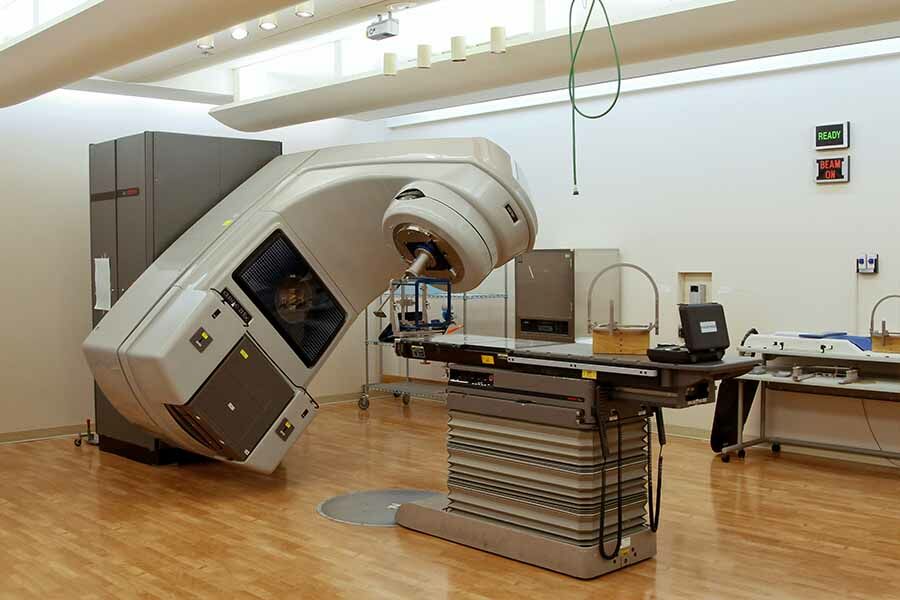Shipping Equipment to Canada: What You Need to Know

Shipping equipment to Canada requires understanding both the export regulations of the originating country and the import regulations of Canada. Here’s an overview of what you need to know:
Exporting from Origin Country
- Compliance with Export Laws: Ensure compliance with the export laws of the country from which the equipment is being shipped.
- Export Declaration: You may need to submit an export declaration, especially for commercial shipments or high-value equipment.
- Packaging and Labeling: Ensure that the equipment is packaged securely and labeled according to international shipping standards.
Importing into Canada
- Customs Tariffs: Identify the correct customs tariffs and duties applicable to the equipment being shipped.
- Import Permits: Some equipment might require an import permit, especially if it’s subject to control under Canada’s Import Control List.
- Goods and Services Tax (GST): Equipment shipped to Canada is typically subject to GST, and possibly Provincial Sales Tax (PST) or Harmonized Sales Tax (HST), depending on the province.
- Commercial Invoice: A detailed commercial invoice should accompany the shipment, including the value and description of the equipment.
- Bill of Lading: This document serves as a receipt for the goods and evidence of the contract of carriage.
Regulations and Standards
- Canadian Standards Association (CSA): Check if the equipment needs to meet CSA standards or require CSA certification.
- Electrical and Safety Standards: Equipment must meet Canadian electrical safety standards.
Prohibited or Restricted Items
- Be aware of any restrictions on the type of equipment being shipped. Some items may be prohibited or require special permission.
Shipping Methods
- Courier Services: For smaller equipment, Freightnet Express can provide door-to-door delivery.
- Freight Forwarders: Larger equipment may need to be shipped by a freight forwarder specializing in industrial shipments.
- Inspection: Be prepared for customs inspection, which may require additional documentation and lead to delays.
Documentation
- Certificate of Origin: This may be required to prove where the goods were manufactured.
- NAFTA/USMCA Certificate of Origin: If applicable, this certificate can reduce or eliminate duties under the United States-Mexico-Canada Agreement.
Working with a Customs Broker
- Customs Broker: Consider hiring a Canadian customs broker to navigate the complexities of Canada’s customs regulations and to facilitate a smooth customs clearance process.
After Arrival in Canada
- Storage and Transportation: Have a plan for storage or further transportation of the equipment within Canada.
- Installation and Use: Ensure that any necessary installation follows Canadian regulations and that the equipment meets any required operational standards.
Environment and Sustainability
- Disposal and Recycling: If the equipment will be disposed of at the end of its life, consider Canadian environmental regulations regarding electronic waste and recycling.
Legal Advice
- Legal Consultation: It’s often advisable to consult with a trade lawyer or a legal advisor to ensure full compliance with all laws and regulations.
Insurance
- Shipping Insurance: Obtain comprehensive insurance coverage for the equipment while in transit to mitigate potential risks.
Make sure to stay updated on any changes in regulations, especially in the context of ongoing adjustments to international trade agreements and policies. It’s also recommended to check with both the customs authority in the originating country and the Canada Border Services Agency (CBSA) for the most current information and guidance.
